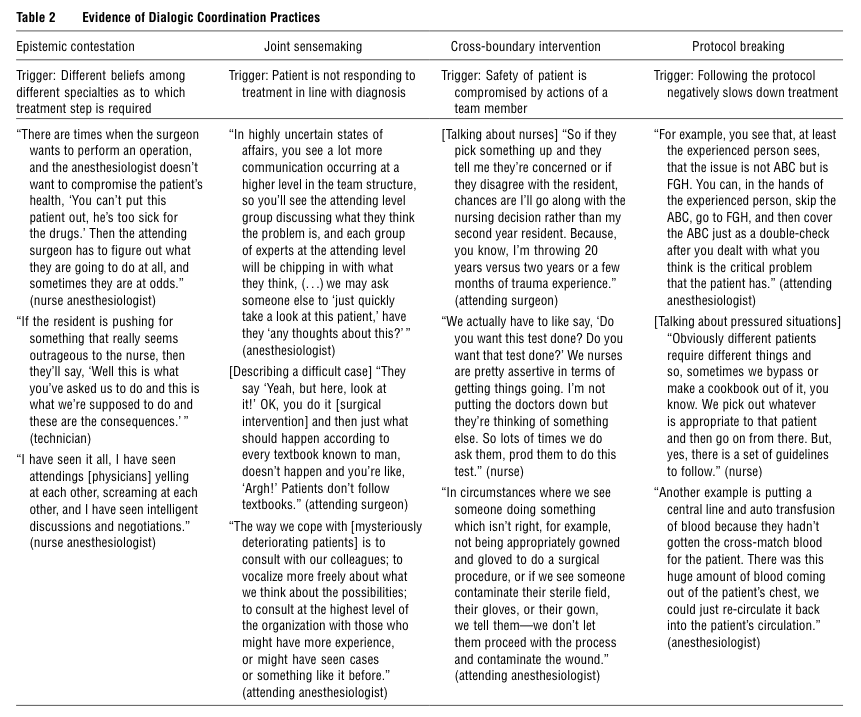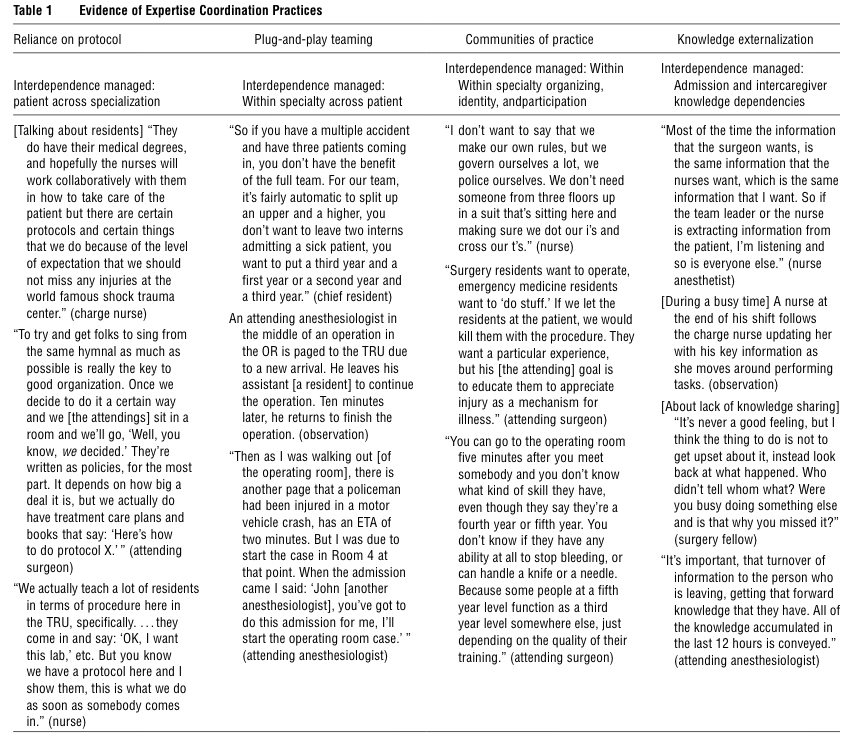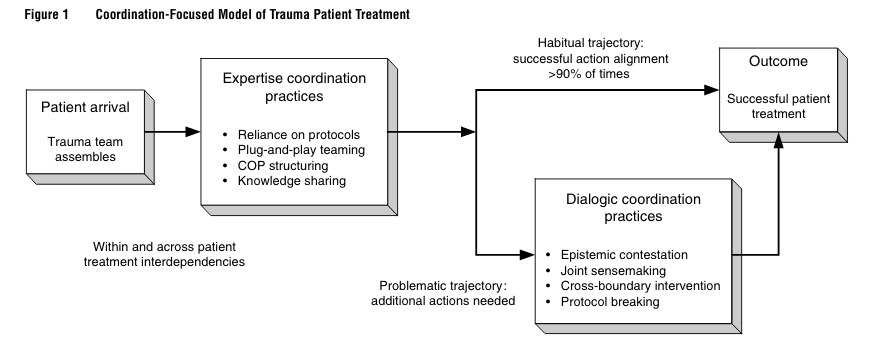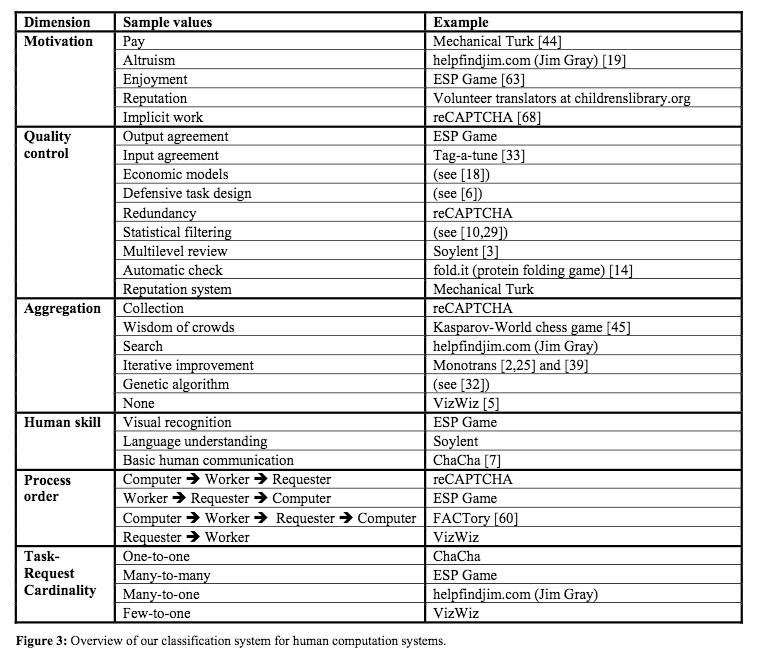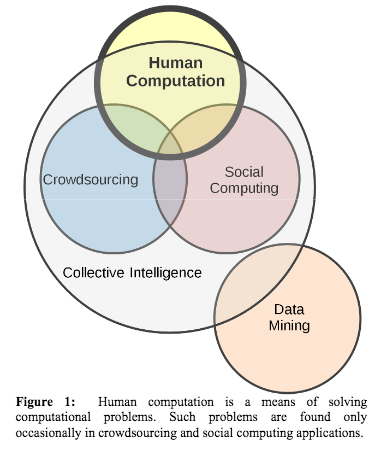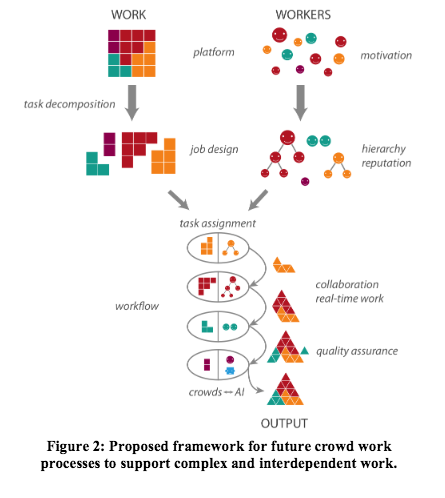Throughout this article are several highlighted passages that combine to form this annotation.
This research study presents the idea that the social environment is a self-selected learning environment for adults. The idea of social prestige-bias learning is intriguing because it is derived from the student, not an institution nor instructor. The further idea of selecting whom to learn from based on prestige-bias also creates further questions that warrant a deeper understanding of the learner and the environment which s/he creates to gain knowledge.
Using a previously conducted experiment on success-based learning and learning due to environmental change, this research further included the ideal of social prestige-biased learning.self-selected by the learner.
In a study of 167 participants, three hypotheses were tested to see if learners would select individual learning, social learning, prestige-biased learning (also a social setting), or success-based learning. The experiment tested both an initial learning environment and a learning environment which experienced a change in the environment.
Surprisingly, some participants selected social prestige-biased learning and some success learning and the percentages in each category did not change after the environmental change occurred.
Questions that arise from the study:
- Does social prestige, or someone who is deemed prestigious, equate to a knowledgeable teacher?
- Does the social prestige-biased environment reflect wise choices?
- If the student does not know what s/he does not know, will the social prestige-bias result in selecting the better teacher, or just in selecting a more highly recognized teacher?
- Why did the environmental change have little impact on the selected learning environment?
REFERENCE:
Atkinson, C., O’Brien, M.J., & Mesoudi, A. (2012). Adult learners in a novel environment use prestige-biased social learning. Evolutionary Psychology, 10(3), 519-537. Retrieved from (Prestige-biased Learning )
RATINGS
content, 9/10
veracity, 8/10
easiness of use, 9/10
Overall Rating, 8.67/10
